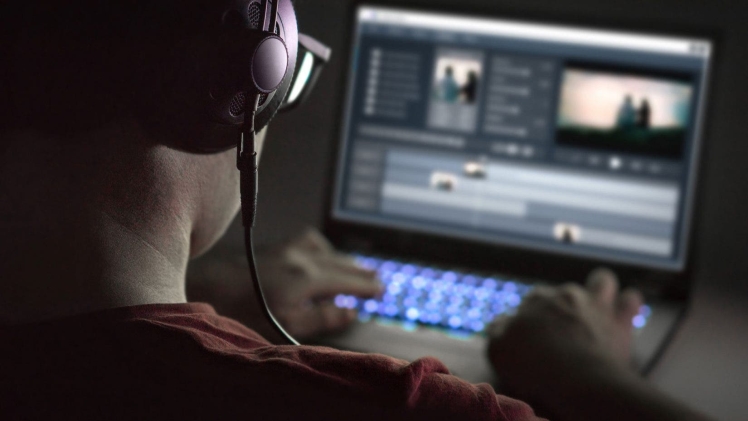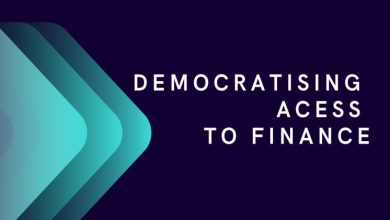Beginner Tips For Video Editing

If you don’t have a plan, you’re likely to end up over-editing. Having too many edits can create an unnatural-looking video.
First and foremost, a professional video editor plans his work. When you want to edit a video like a pro, you should create a solid work plan.
Which part of that video do you want to edit? Are there any changes that might impact your audience? Do you have any expectations for the editing process? What else do you need to include in your videos, such as background music or closed captions? Making a list of questions and finding out the answers before beginning is a good idea.
Keep in mind that a messy workflow can consume a great deal of time and energy. Keep your task list simple.
Choose the Right Video Editing Tool
Right video editing software can become your weapon, but finding the right one is not easy. You can easily get distracted by software with very powerful or unique features, only to realize later that you don’t use them much or never use them at all. When you buy something you don’t use or don’t like, you’re wasting your time (or money).
Video editors use different techniques to shape media that reveal interesting insights into how people interpret the world. Two editors can create two entirely different works, given the duplicate raw footage. In addition, an excellent visual editor must always do their best to understand how viewers perceive and interact to create stories that captivate. The way an editor approaches an assignment may reflect the project they are working on, but specific approaches are typically effective no matter what the situation is. You can use free trial video editors for a better experience.
Keep the Cuts tight
An editor who understands how to create tight cuts is essential for a video that features a lot of talking. Using cuts to close dialogue gaps or even dropping lines of the conversation altogether, cutting scenes tight means eliminating unnecessary pauses. As with most projects, an approximate running timeline will have to be considered in mind—making effective cuts that compress that time will prevent you from going over and re-working footage if the project is getting long.
Pick the Right Angles
Your camera work or presentation should dictate your final video. It will depend on what kind of project you are working on how much importance you place on each of these factors. When it comes to a scripted narrative or film, the protagonist’s responses to the entire story are crucial. As a result, editors in these productions sometimes need to cut beautiful frames or complete scenes simply because such images or settings do not add significantly to the whole story.
As for editing an advertisement or media story, you are usually trying to make sure the message is balanced with the audience’s expectations. It can be helpful to consider what you might want to view or listen to while hearing the audio while selecting footage for this type of project. It also allows the presenters to effectively tell their stories when they use this strategy when choosing camera angles and clips.
Utilize wide shots
For the audience to know where a scene is taking place, it’s usually essential to switch between multiple camera angles at the start of a scene. Mid-range and focus angles are important once a shot has been established and narration has begun, keeping the audience in mind. Consider the fact that it’s often more fascinating to observe a speaker’s body language and facial expressions up close than from a distant viewpoint. The reasoning behind this practice becomes evident.
Correct Mistakes
Even though correcting technical and linguistic mistakes is an integral aspect of an editing process, you will be well-regarded and appreciated by the video editing community if you can do it effectively. One standard method you can use for editing mistakes is cutting on action. The process involves transitioning from one frame to another that’s taken from a different angle, eliminating the error. Cuts in action give the audience an illusion of watching the edited film, even if some of the shots may have been taken several hours or days apart in the final cut.
Maintain Appropriate Pacing
According to the timing of their edits, video editors produce rhythm or flow when working on a project. Editors need to set the pace of their cuts to match the desired tone and energy they want to establish. A fast edit might not give the audience enough time to take in and interpret details that are important to the narrative.
An editor making web videos has an increasingly important responsibility because, on the other hand, if they edit too slowly, their audience will get bored instantly. Switching between different camera angles and using great footage from different areas of conversation results in a far more engaging and exciting video than a static image of people talking.
Conclusion
Editors can become indifferent to the same material after working on it for a long time. When you take a break and return with unclouded eyes, it will help you keep your audience’s viewpoint, which will assist you in editing your work.
Experiment with these tips and tricks to learn how to use them. You can speed up your editing process by learning keyboard shortcuts. Choosing music that fits your visuals is the best way to add depth and layers to your project. Remember to cut to the beat of the song if you want to add a track. Consider re-positioning clips, restructuring your footage, and color-grading your footage for a better-looking edit. Avoid scaling up your footage beyond 110%.
If you let your subject speak, you can allow them to breathe and let the viewer reflect on what they’ve seen and heard. By shooting at a higher resolution or positioning your subject in the center of the frame, you can reframe your footage and create exciting effects.





